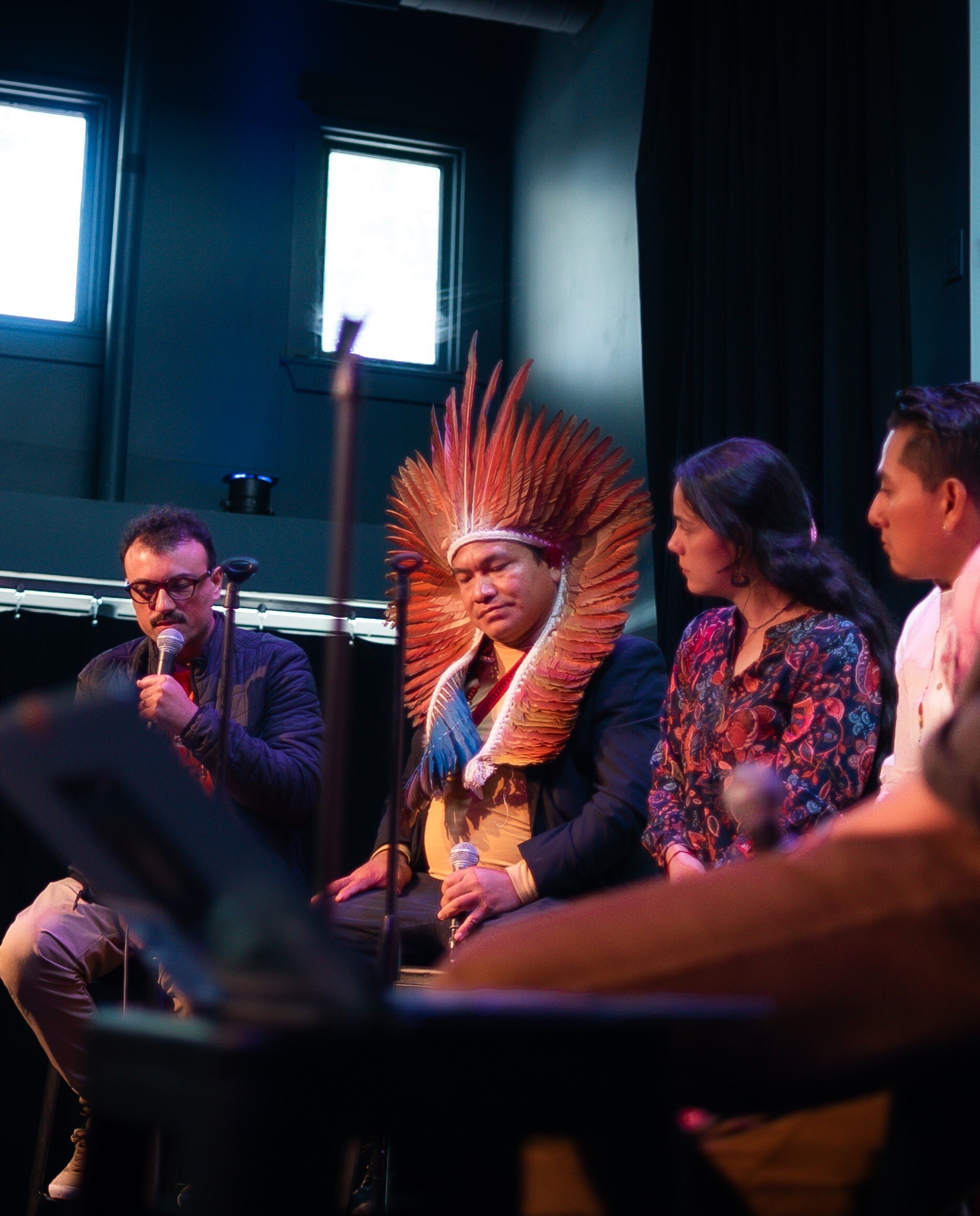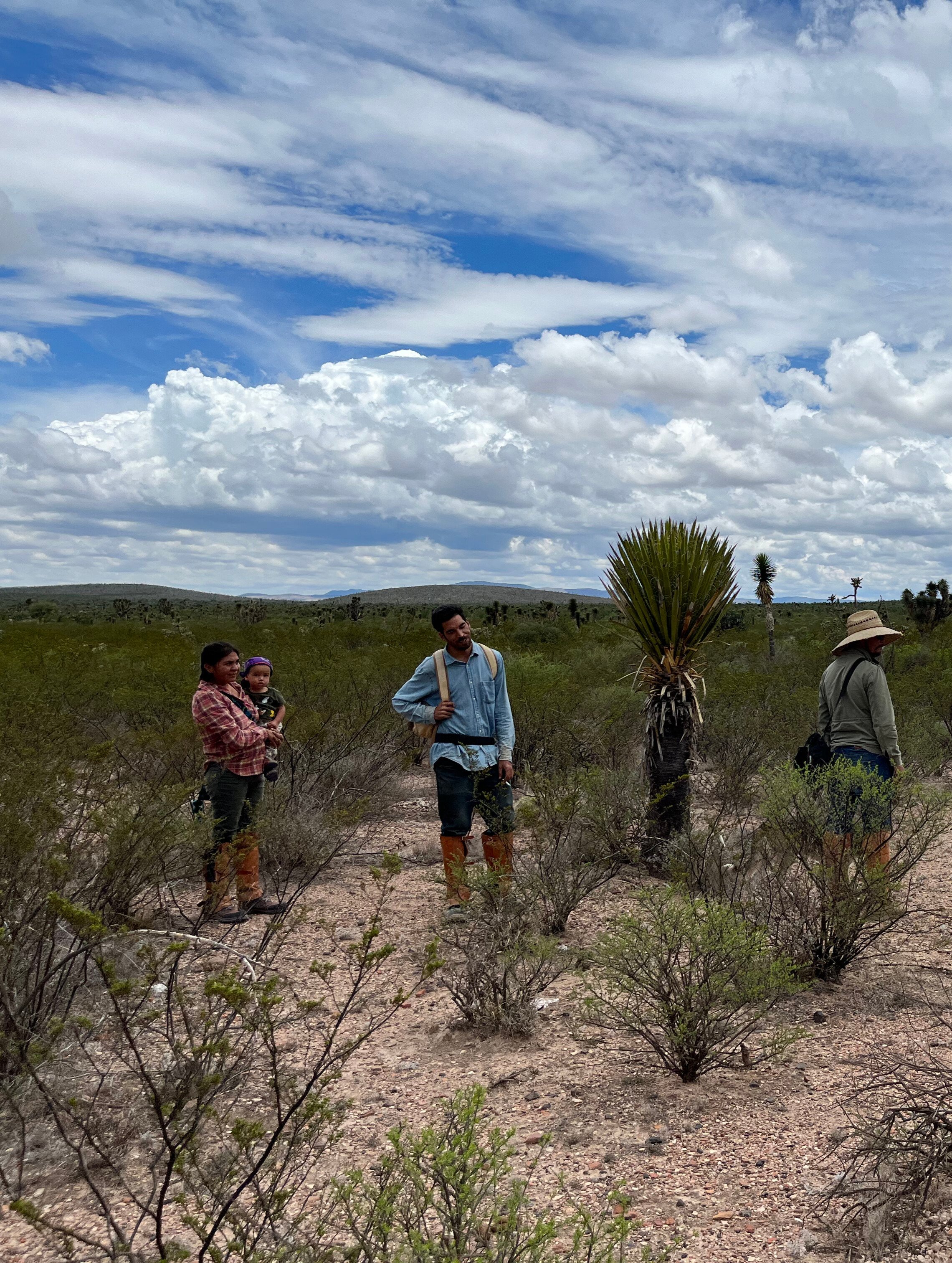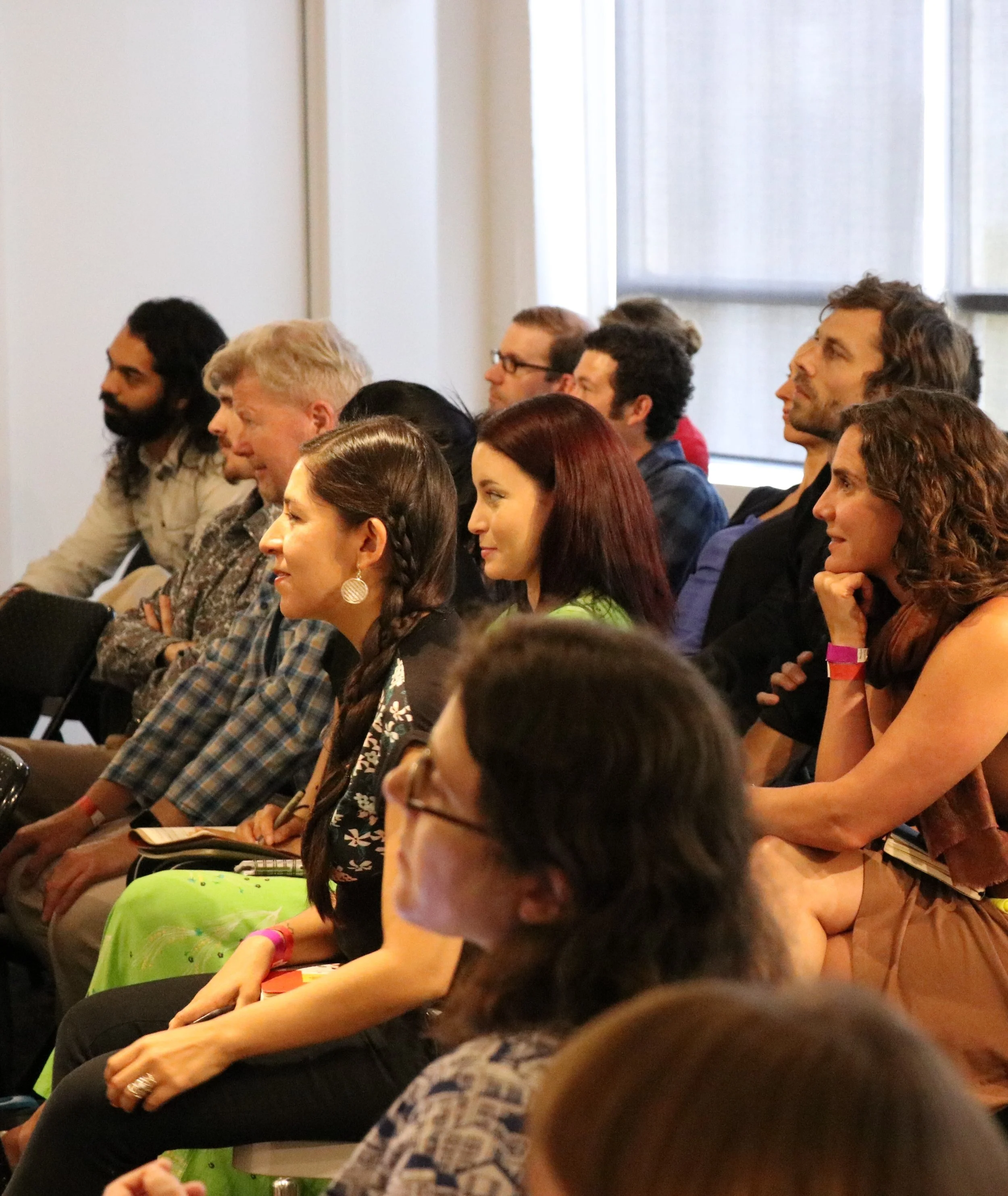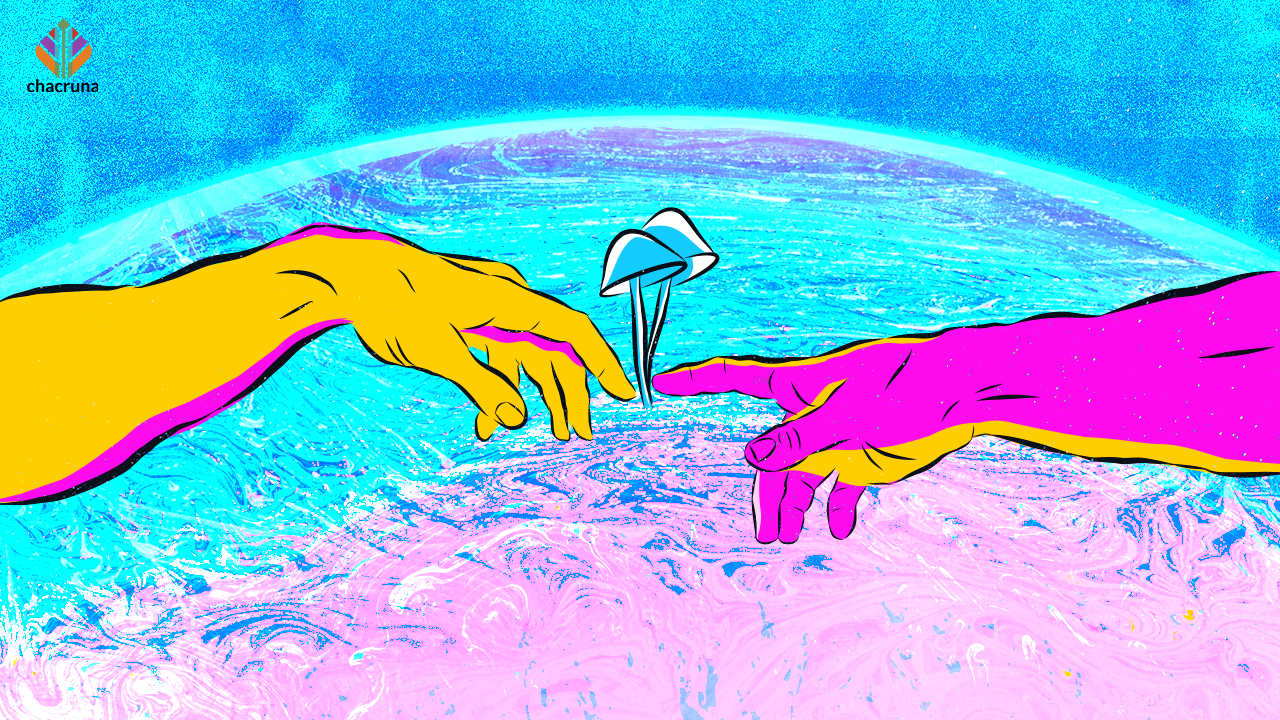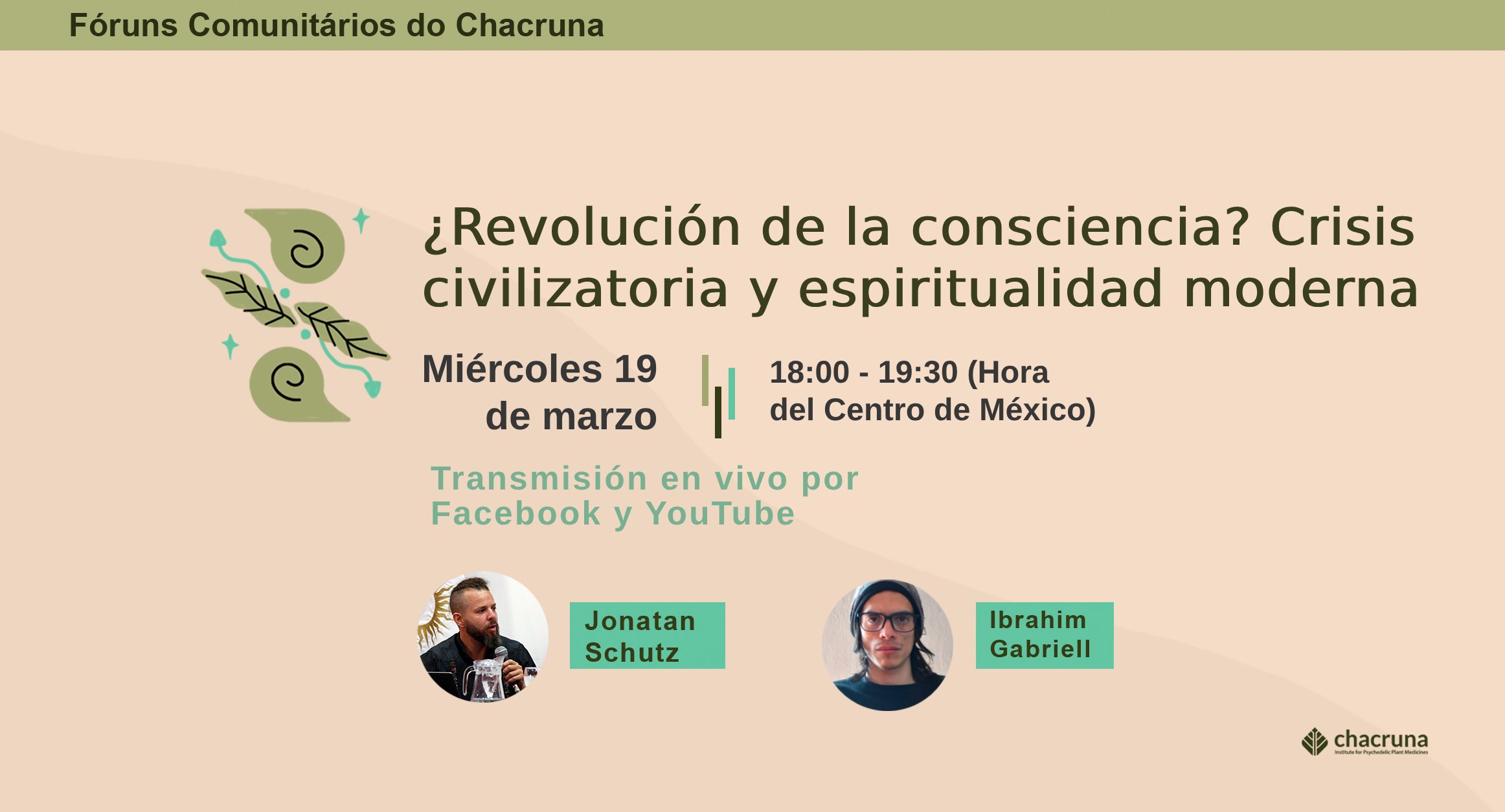Chacruna
Latinoamérica
En defensa de las plantas sagradas, avanzando en la justicia psicodélica
•
En defensa de las plantas sagradas, avanzando en la justicia psicodélica •
Misión
Promovemos la reciprocidad en la comunidad psicodélica y apoyamos la protección de las plantas sagradas y las tradiciones culturales. Impulsamos la justicia psicodélica organizando conversaciones críticas y elevando las voces de las mujeres, las personas LGBTQIA+, los pueblos indígenas y afros y el Sur Global en el campo de la ciencia psicodélica.
Visión
Nuestro objetivo es co-crear un mundo en el que las plantas medicinales y otros psicodélicos sean entendidos, protegidos, honrados y valorados como parte de nuestra identidad cultural, e integrados en nuestros sistemas sociales, legales y de salud de manera equitativa y justa.

ÚLTIMOS ARTÍCULOS
Nos apasiona
Educación
Producir investigación académica original, brindar educación pública y hacer que el conocimiento académico sea más accesible.
Reciprocidad indígena
Retribuir a las comunidades indígenas fomentando el bienestar ecológico, incluido el activismo por los derechos territoriales, reforzando la seguridad alimentaria y fortaleciendo la resiliencia económica.
Justicia psicodélica
Promover las voces de las mujeres, las personas LGBTQIA+, los pueblos indígenas, las personas de color y el Sur global en el campo de la ciencia psicodélica.
Protección de plantas sagradas y tradiciones culturales
Concientizar sobre la globalización, crear comprensión y legitimidad cultural, participar en la defensa y protección de las plantas sagradas y las tradiciones culturales.
NUESTROS EVENTOS

Chacruna promueve la reciprocidad en la comunidad psicodélica apoyando la protección de las plantas sagradas y las tradiciones culturales. Impulsamos la justicia psicodélica organizando conversaciones críticas y elevando las voces de mujeres, personas LGBTQIA+, pueblos indígenas y afros y del Sur Global en el campo de la ciencia psicodélica.
Chacruna Institute
